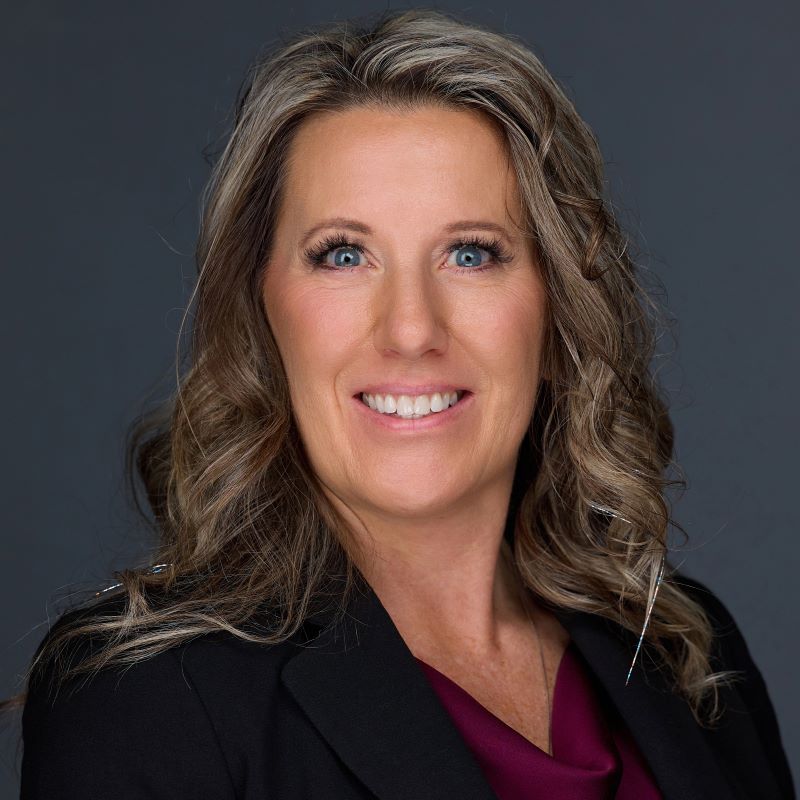Drive Efficiency & Increase Volumes in Rural & Community Hospitals
Staff competencies, provider availability, and ancillaries provided often dictate a rural or community hospital’s ability to care for certain patient populations, acuity levels, and services offered. However, most hospitals do not go through a formal process of defining which patients can be appropriately cared for at their facility. Our approach to developing a clinical care spectrum helps rural & community hospital leaders define who can be appropriately cared for at their facility based on the routine diagnoses and clinical indications for admission. Working with hospital leaders, we dive into the services offered, staff skillsets, and define the ideal patients for their hospital based on certain admission criteria. Development of a Clinical Care Spectrum utilizes an outcomes-driven method to establish a consistent, evidence-based process to determine which patients can be safely and appropriately cared for at each facility. It can be structured to include various patient care levels such as acute inpatient including ICU, observation, swing bed, emergency, and other clinical services.
Importance of Care Spectrum for Rural & Community Hospitals
Increase Volumes
Increase Patient & Staff Satisfaction
Decrease acute-Care Admission Process
Create Efficiencies within Admission Process
Decrease Variability in Clinical Decision Making
The Clinical Care Delivery Spectrum Program Team
Keep Care Local to Your Community
Rural & community hospital leaders can keep care local by knowing which type of patients they can safely and appropriately care for at their facility. By keeping care local, volume and revenue will also increase. If you’re interested in discussing further with our team, please fill out the form.





